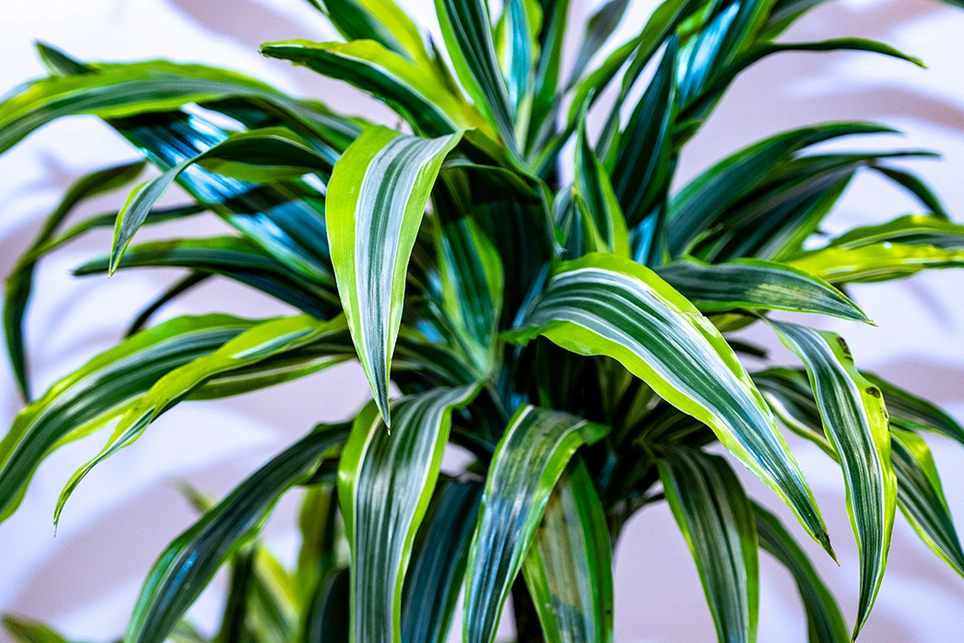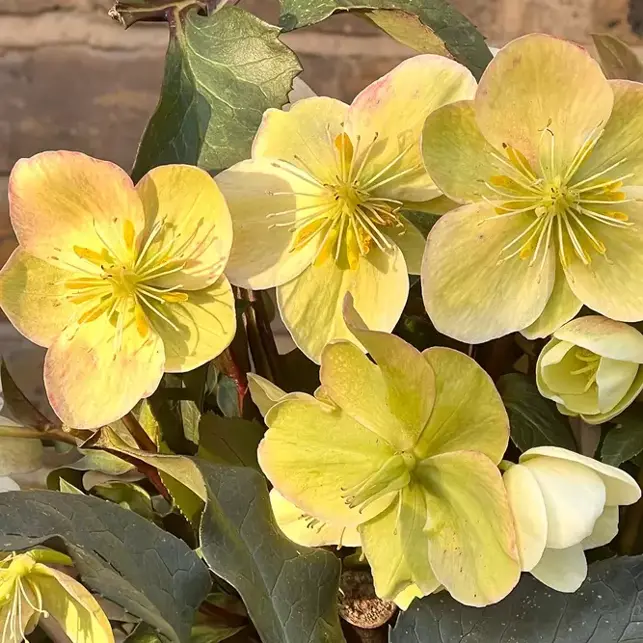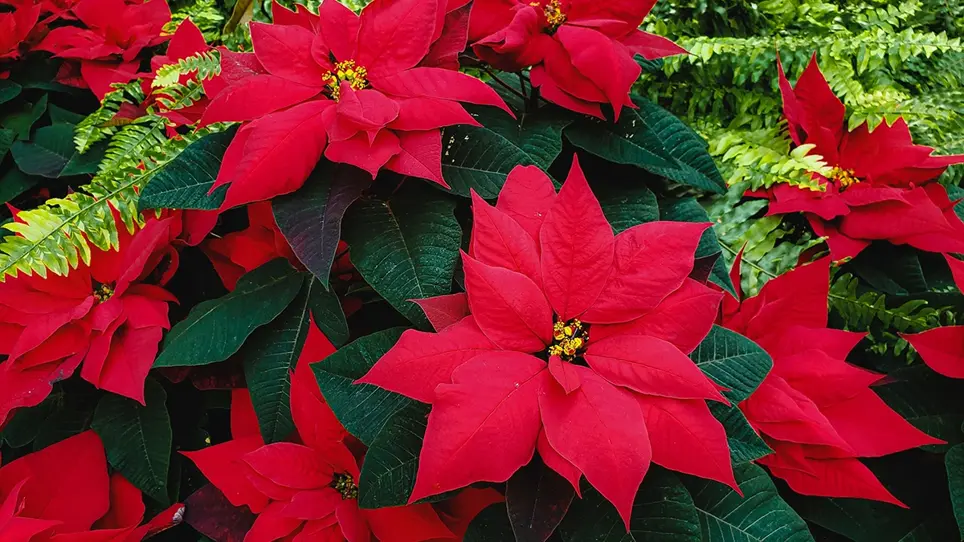Japanese knotweed is a plant no-one wants to find in their garden. Although it’s quite attractive (in Victorian times, it was planted as an ornamental), it’s also very invasive, spreading quickly in the garden and even growing up through cracks in paving, where it can cause damage. The good news is, with care, it is possible to manage and even get rid of Japanese knotweed.
How to identify Japanese knotweed
Japanese knotweed (Fallopia japonica) is easy to identify once you know how it looks at different times of the year:
- New shoots appear in spring, looking like red-purple asparagus spears.
- The leaves are heart-shaped and tinged with red when they first appear, turning green as they mature. They grow alternately on the stems, giving the stems a very distinctive zig-zag appearance which is one of the easiest ways to identify the plant.
- The plants produce tall, hollow bamboo-like canes topped with tassels of creamy white flowers in summer.
- In autumn, the leaves turn yellow and drop. The canes turn brown and die back but remain standing through winter.

Plants that look like Japanese knotweed
Several common plants can resemble Japanese knotweed at certain stages of their growth. If you’re concerned about a plant, check first to see whether it is one of these:
- Bindweed (Convolvulus arvensis) has heart-shaped leaves, but they are smaller than those of Japanese knotweed. Bindweed doesn’t produce canes, instead climbing by twining itself around other plants. It produces large pink or white trumpet-shaped flowers in summer.
- Himalayan honeysuckle (Leycesteria formosa) is a vigorous deciduous shrub with tall hollow canes and heart-shaped green leaves, similar to Japanese knotweed, but its white flowers are larger and are surrounded by burgundy-coloured bracts.
- Russian vine (Fallopia baldschuanica) is a very vigorous twining climber. Its heart-shaped leaves and sprays of tiny white flowers in summer resemble those of Japanese knotweed, but it doesn’t produce canes.
- Himalayan balsam (Impatiens glandulifera) is tall, like Japanese knotweed, with hollow stems but has longer, thinner leaves and sprays of pink flowers in summer. It self-seeds liberally if allowed to set seed.

How to get rid of Japanese knotweed
The most effective way of dealing with Japanese knotweed is to use the systemic weedkiller glyphosate. It typically takes several applications over 2-3 years to resolve the problem. As there is legislation relating to the management and control of Japanese knotweed on properties, if you find it in your garden it’s best to call in a professional company to remove it.
Remember! Whatever you do, don’t ever dispose of Japanese knotweed waste in your compost heap, in green waste bins or in household waste – this is illegal, as it will enable the plant to spread.
If you need advice on the plants in your garden, why not visit our centre in London? Our friendly staff are always happy to help.







